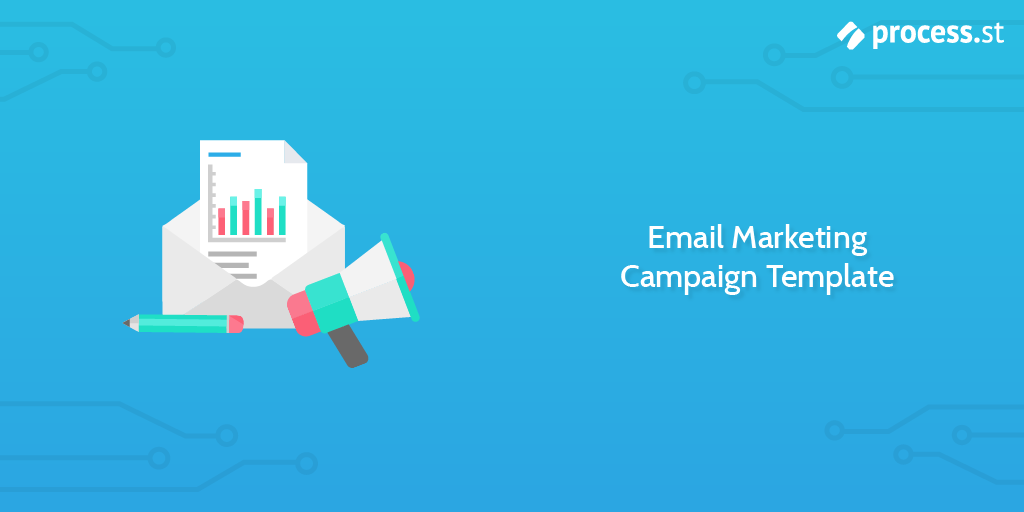You might be wondering whether email marketing is worth it, especially nowadays with the rise of social media and chatbots.
However, what if I told you that email generates $38 for every $1 spent. If we consider this statistic concerning Return On Investment, that is a 3,800% ROI.
Such an ROI makes emails one of the most profitable marketing options available.
However, with over 296 billion emails sent per day, there is a lot of competition to grab the attention of your audience.
This 296 billion figure keeps rising, meaning it is essential to learn how to run a successful email marketing campaign.
This template has been designed so that you can do just that. Use this template to build an email marketing campaign that will grab the attention of your email list subscribers.
As a manager or business owner, you will begin this template, filling out the required details in the 'Record Checklist Details' task. You will be presented with form fields, such as the long text form field and multiple-choice questions. You are required to populate each form field with your specific data.
More information on how to use each form field is provided in the 'Enter Checklist Details' task. You are presented with our:
- Stop tasks to ensure task order.
- Conditional logic feature to create a dynamic template to cater to your specific needs.
- Role assignment feature so tasks can be pre-assigned to people in your team.


